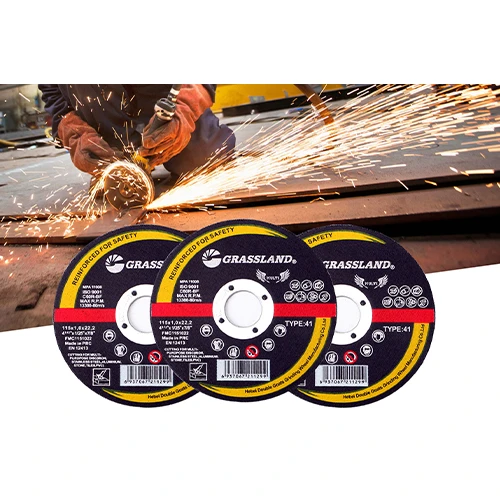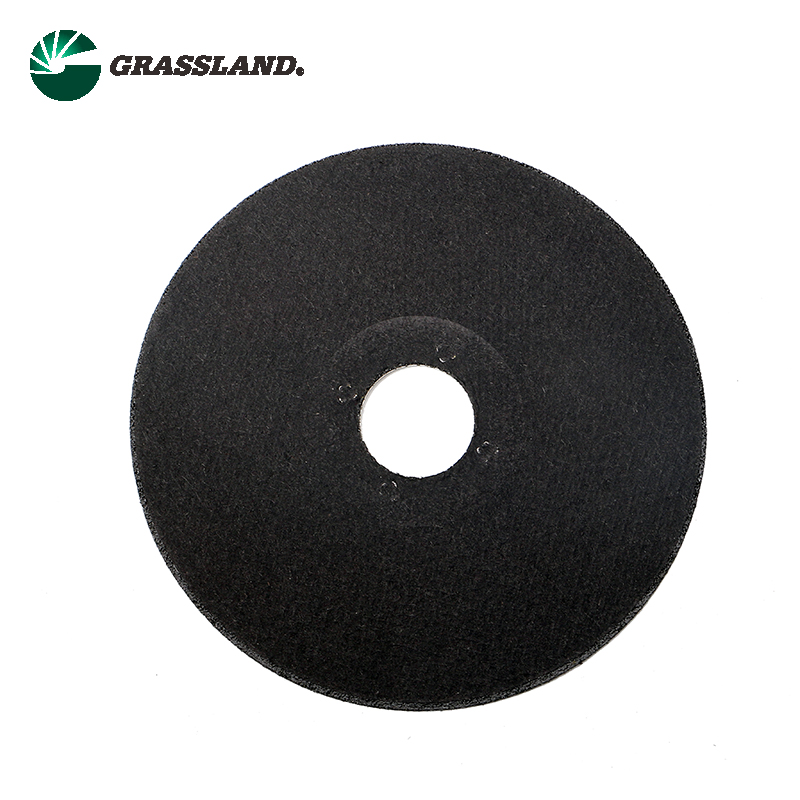

Reattach the flange or nut you previously removed. Tighten it using the wrench while holding down the spindle lock. It's important to apply enough force to secure the disc but avoid overtightening, which might damage the disc or tool components. Before initiating any cuts, it's essential to conduct a safety check. Wear personal protective equipment safety goggles, gloves, ear protection, and a dust mask. These will guard against sparks, noise, and metal particulates. Quickly test the tool by running it for about 30 seconds. This allows you to ensure the disc is mounted correctly without wobbling and that the tool itself is functional. Operating the tool demands as much care as preparation. Always cut in a well-ventilated area to avoid inhaling metal dust and maintain a steady hand, minimizing vibrations that could disrupt the cut line. Keep both hands on the tool, leveraging its stability, and allow the disc to reach full speed before contacting the metal. Apply consistent pressure and allow the disc to do the work; forcing it can overheat the disc and decrease its lifespan. Finally, adhere to post-operation protocols. Once the cut is complete, power off the tool and allow the disc to come to a complete stop. Wait for it to cool down before touching or removing it to prevent burns or other injuries. Regular maintenance of both your cutting discs and tool will extend their longevity and maintain peak performance in future tasks. Consistently following these steps will not only enhance your cutting precision and efficiency but also cement your knowledge of best practices, ensuring every project is approached with the authority and trustworthiness of a seasoned professional. By understanding and respecting the equipment and materials involved, you demonstrate a commitment to quality and safety that is acknowledged across the industry.
Post time:Jan - 14 - 2025

















